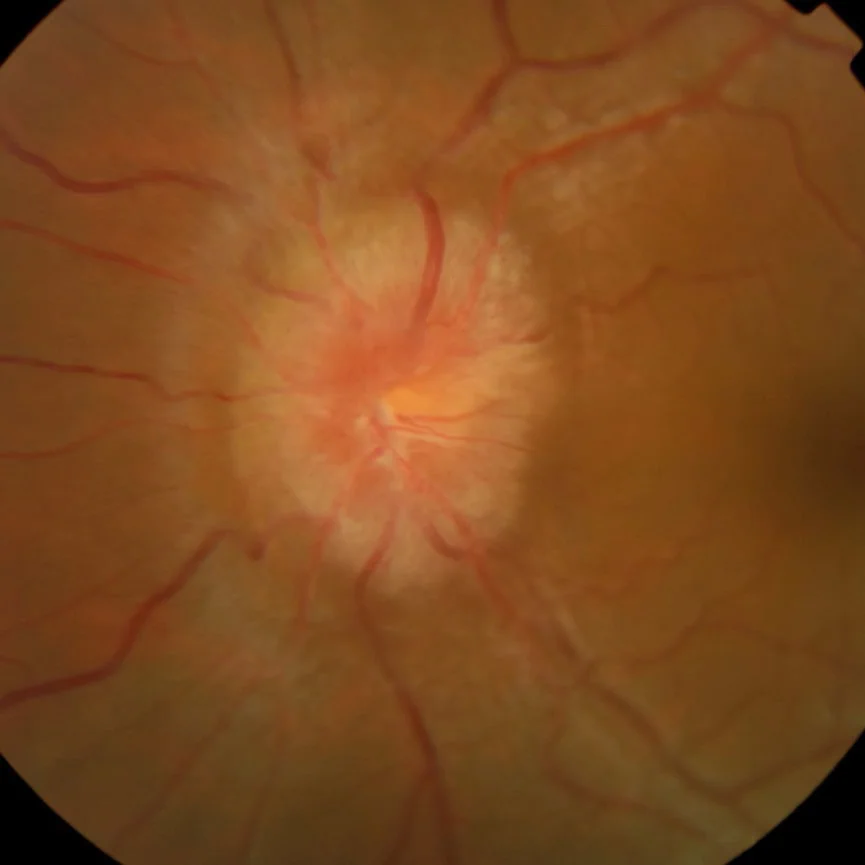The Neuro-ophthalmology Department is led by Dr Loo Jing Liang (Head and Senior Consultant) and comprises four consultants (including one visiting consultant). The department provides a service for the evaluation and diagnosis of neurological conditions involving the visual system.
The majority of patients are referrals from other subspecialties within SNEC or other specialties within the campus. The most common conditions for which patients are referred include visual loss, double vision, droopy eyelids and facial or eyelid spasms.
Visual loss may be due to acquired or inherited optic nerve disorders or disorders affecting intracranial visual pathways, such as stroke or tumour, or may be unexplained and require an extensive, in-depth work-up. Double vision is most commonly due to eye movement abnormalities. An increasing number of overseas patients are being seen from around the region that are tertiary referrals with complex neuro-ophthalmic issues.
Some patients with complicated or potentially life-threatening disorders often require co-management with other disciplines, such as neurosurgery, neurology and neuroradiology.
A holistic multidisciplinary approach is in place for the management of such patients. For example, to address the need for streamlining the provision of medical care to patients with pituitary disorders, the Pituitary Clinic commenced operations in 2008 as a joint effort between endocrinologists and neurosurgeons from Singapore General Hospital (SGH), and neuro-ophthalmologists from SNEC.
The department also works closely with the Otolaryngology Department at SGH to provide neuro-ophthalmologic evaluation of patients with complaints of dizziness.
In addition to running 15 neuro-ophthalmology clinics and one to two Botox sessions for eyelid and facial spasms per week, the department has also increased its focus on active research in recent years, leading to interdisciplinary collaborations with various institutions.
Key facts and figures
The department was set up in 1999.
Sees approximately 4,500 patients annually.
Organises an annual neuro-ophthalmology one-day teaching course for Ophthalmology residents, both locally and regionally.
Co-organised the 19th International Neuro-Ophthalmology Society meeting in 2012.
- To date, 6 local fellows and 8 international fellows from the region as well as from Singapore.
- Receives regular observers from around the region.
Selected recent publications and current research projects
Teo KY, Tow SL, Haaland B, Gosavi TD, Jing-Liang L, Yew Long LO, Milea D. Low conversion rate of ocular to generalized myasthenia gravis in Singapore. Muscle Nerve. 2017 Oct 5. doi: 10.1002/mus.25983. [Epub ahead of print] PubMed PMID: 28981152.
Cerebral neural correlates of differential melanopic photic stimulation in humans (Hung et al., 2016). Non-visual light responses in humans are not well understood. This joint study used functional magnetic resonance imaging (fMRI) to localise cerebral regions differentially activated by metameric light. It found that melanopsin-based photoreception activated a cerebral network including frontal regions, typically involved in ocular motor responses.
Multi-ethnic involvement in autosomal-dominant optic atrophy in Singapore (Loo et al., 2016). Autosomal-dominant optic atrophy (ADOA), often associated with mutations in the OPA1 gene (chromosome 3q28-q29) is rarely reported in Asia. The team at SNEC reported the first cases of genetically confirmed OPA1-related ADOA from Singapore, including a novel mutation causing ‘ADOA plus’ syndrome. Further epidemiological studies are needed to determine the prevalence of ADOA in South-East Asia.
Selected current research projects
Phase 2/3, Randomized, Double-Masked, Sham-Controlled Trial of QPI-1007 in Subjects With Acute Nonarteritic Anterior Ischemic Optic Neuropathy (NAION)
This study will determine the effect of QPI-1007 on visual function in subjects with recent-onset NAION and assess the safety and tolerability of intravitreal injections of QPI-1007 in this population.Eye-brain eye tracker project with ongoing collaborations with neurology departments at the National University Hospital of Singapore and National Neuroscience Institutes (Tan Tock Seng Hospital and SGH).
Active collaborations with the neuroscience group at Duke-National University of Singapore Medical School, specifically in new pupillometry and fMRI projects.

















